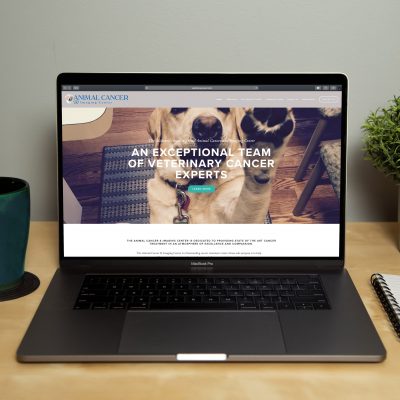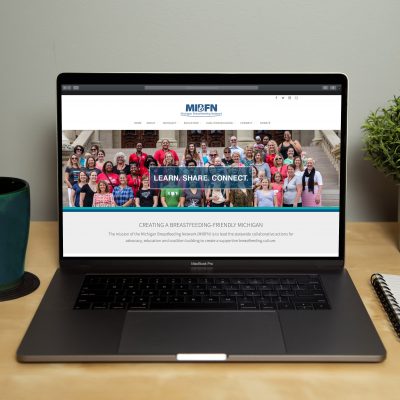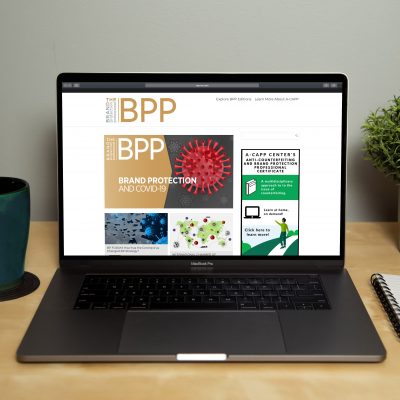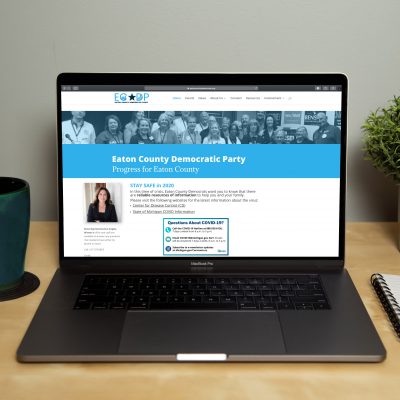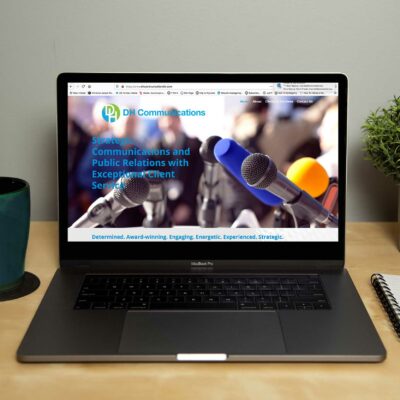
All institutions of higher education need to be competitive with communications, just like any other organization that seeks to sell products and services. Despite unique features of each individual institution of higher education the following key communications concepts should make up the core of any higher education marketing plan.
1. A champion to lead the effort – Someone in upper management or from the board of governors should assume the leadership role for the higher education communications effort and build up support among key academic and administrative personnel throughout the institution. The communications effort should be viewed as an activity that adds value by building support for the institution through students, alumni and the surrounding community.
2. Institutional purpose or mission – The purpose and mission of the institution must be clearly stated and understood by the leaders and directors of the institution.
3. Perceptions – Test the perceptions of the institution by both internal and external constituents. This is done through interviews, surveys or questionnaires. The results will identify areas that need to be refocused on the purpose or mission of the institution.
4. Planning – Ongoing market research will identify strengths and weaknesses as well as areas of opportunity. This research provides information needed for effective strategic planning and decision making.
5. Positioning – Positioning is establishing or creating a perception of the institution by the market relative to the competition. The institution should be differentiated from the competition. The perception should focus on the differences between the institution and its competition. Positioning answers the following basic questions: What will be provided? How will it be delivered? To whom will it be delivered?; What is the price or charge?; and, How will it be promoted?
6. Politics – Before planning decisions and positioning strategies are implemented their political consequences should be evaluated. This is especially true if it is a public institution and tax dollars are involved. Ask, who will be affected and how? What are the short term and long term consequences? What are the costs, benefits and risks? By answering these questions in an open and collaborative process future problems and disputes can be avoided.
7. Prioritizing and Adjusting – Effective planning and positioning facilitates the prioritizing of activities and the proper allocation of resources. This may require some adjustments being made to eliminate activities that are non-productive and reallocating resources to other activities. Eliminating non-productive activities may allow other productive activities to flourish because of the additional resources that become available.
8. Promotion – promotion is activity that stimulates a customer or supporter to act or respond in the desired way. Different people respond in different ways to different stimuli. For this reason higher education marketing plans need to use a promotion mix of advertising, personal selling, general publicity, and special promotions. In todays technology oriented society, web-sites, social media, e-mail marketing and other means on internet marketing are becoming increasingly important. Institutions of higher education should be focusing on attracting millenniums, which means that the latest technology will be very important to promoting the institution.
9. Passion – Representatives must be passionate about the institution and its programs in order to be effective promoters. People respond to passion because it conveys excitement and commitment to the institution and its programs.
10. Performance – This is the most important part of the higher educationcommunications process. Delivery of promised services demonstrates institutional integrity and leads to long term success. Satisfied customers will be the best and most passionate promoters of the institution in the long run.



